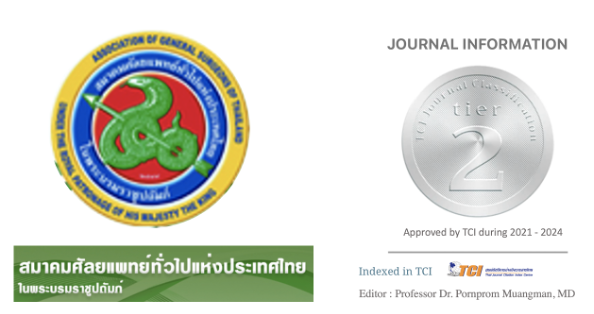Esophageal Perforation
Abstract
Esophageal perforation is a rare condition with low incidence rate. Regardless, it is a surgical emergency due to its high mortality rate when diagnosis and management are delayed. The most common cause is iatrogenic perforation from upper gastrointestinal endoscopy. The clinical presentation varies and is unspecific; all dependent on the etiology, location, size, contamination and time taken for diagnosis. The principle of management includes stabilization and hemodynamic support, to prevent and eliminate contamination through the perforation site, provides adequate drainage and nutritional support. Lastly repair and restore continuity of digestive tract, the restoration is feasible through conservative, endoscopic or surgical treatment. Each option possessed its own advantages and disadvantages therefore decisions should be determined individually and specifically for the patient's best outcome.




